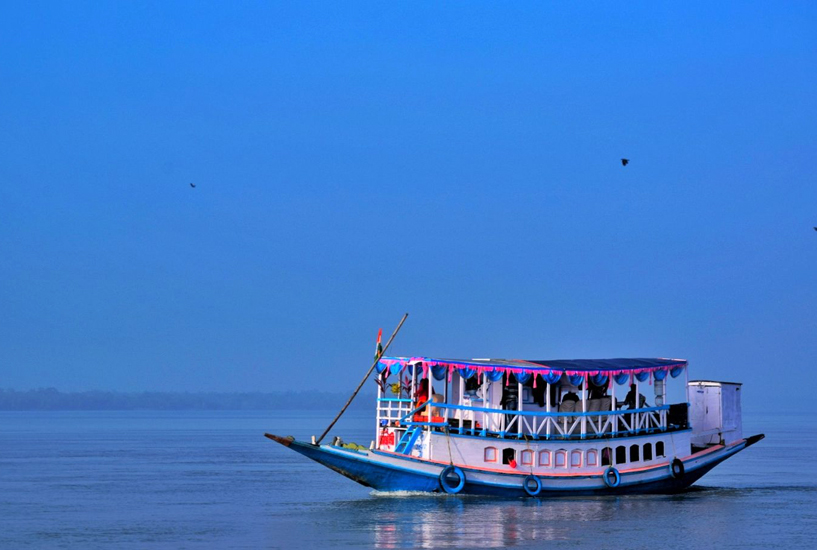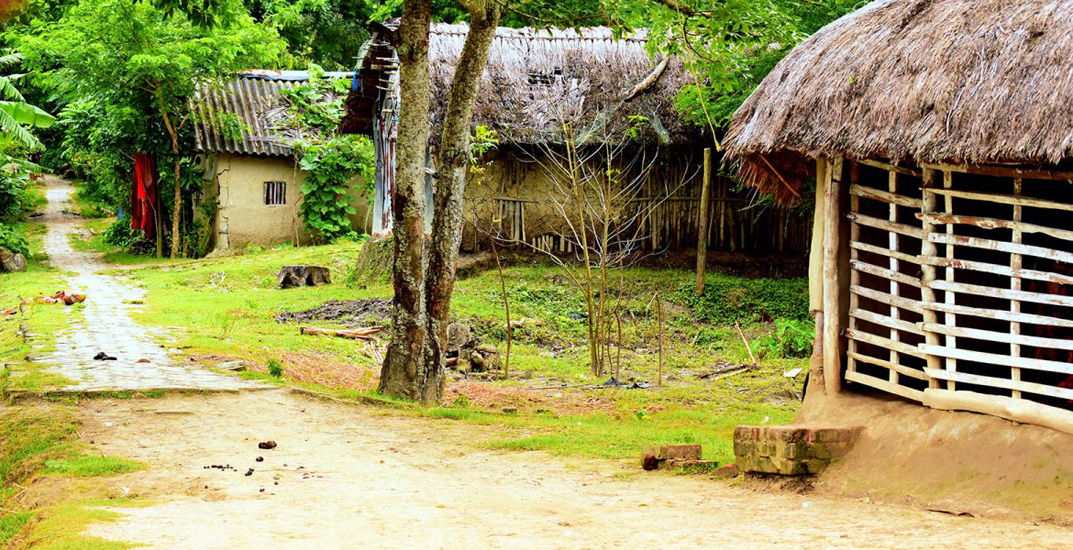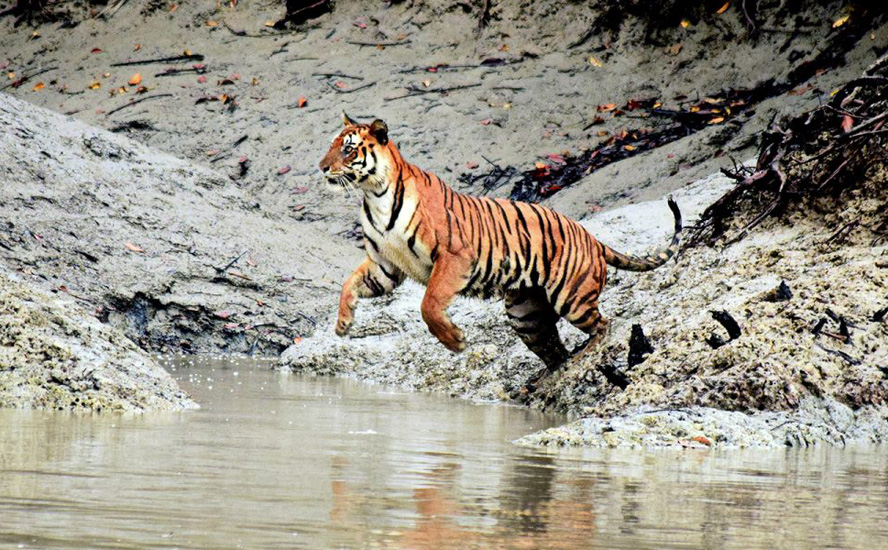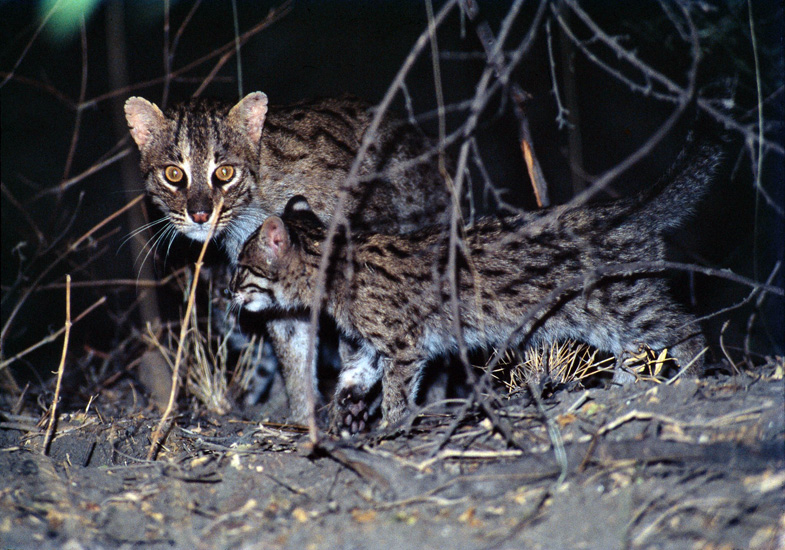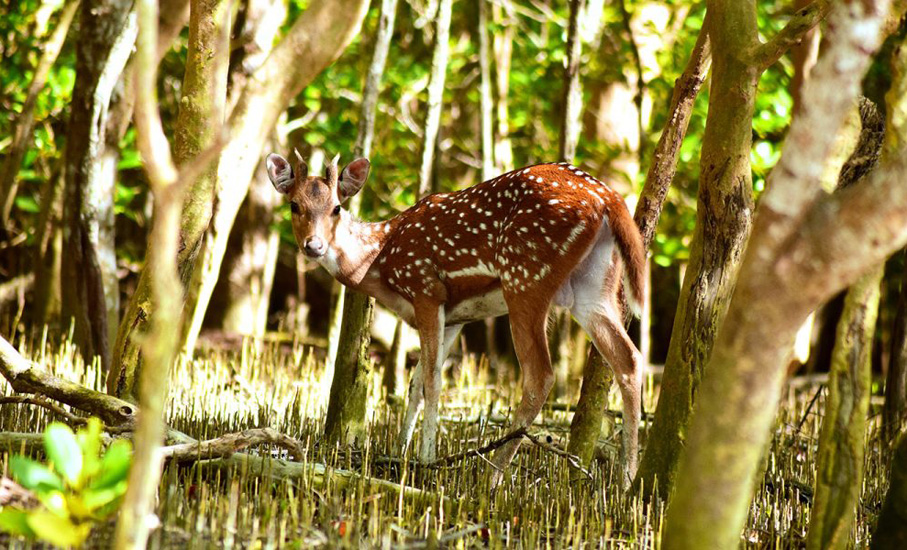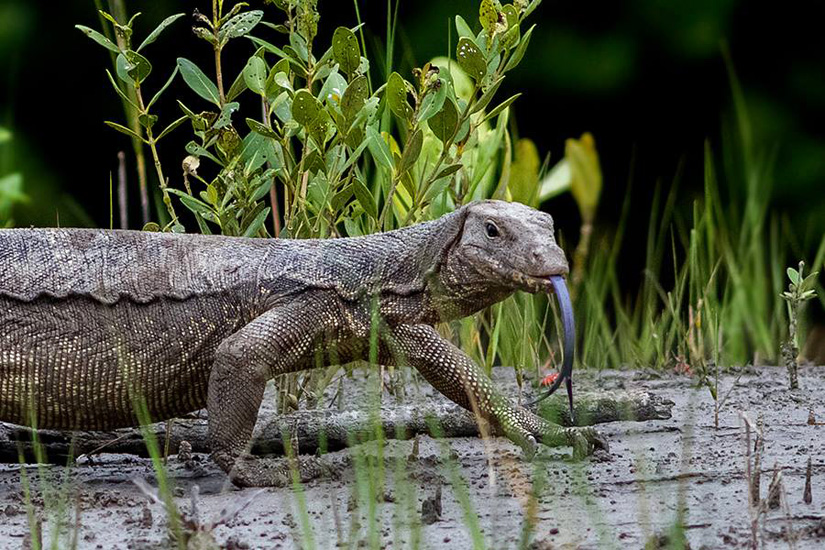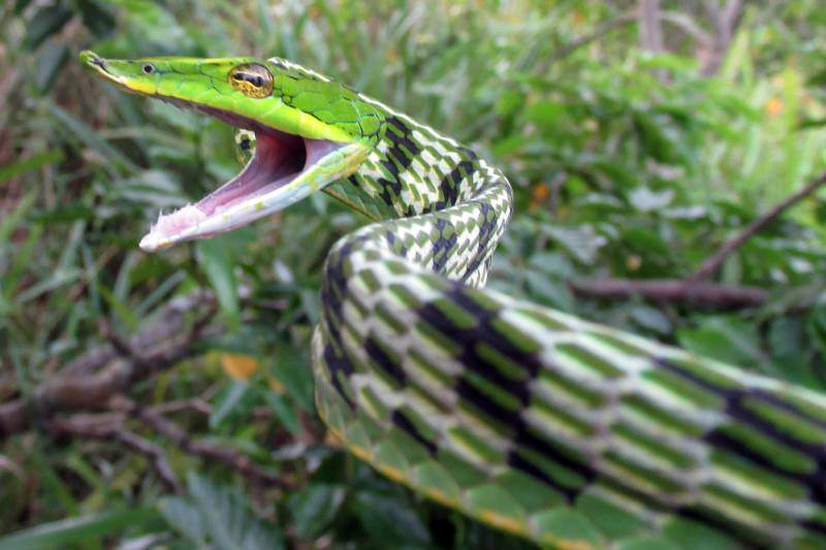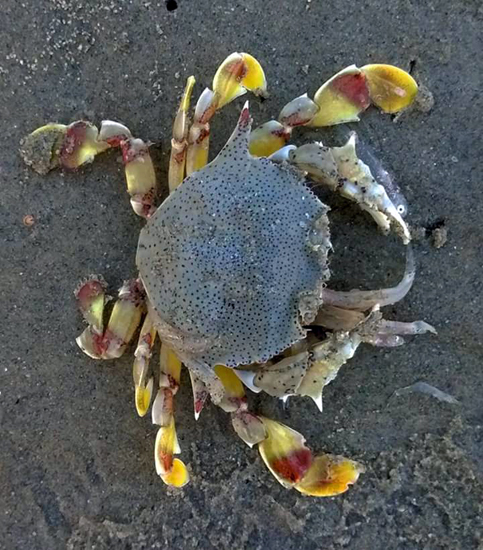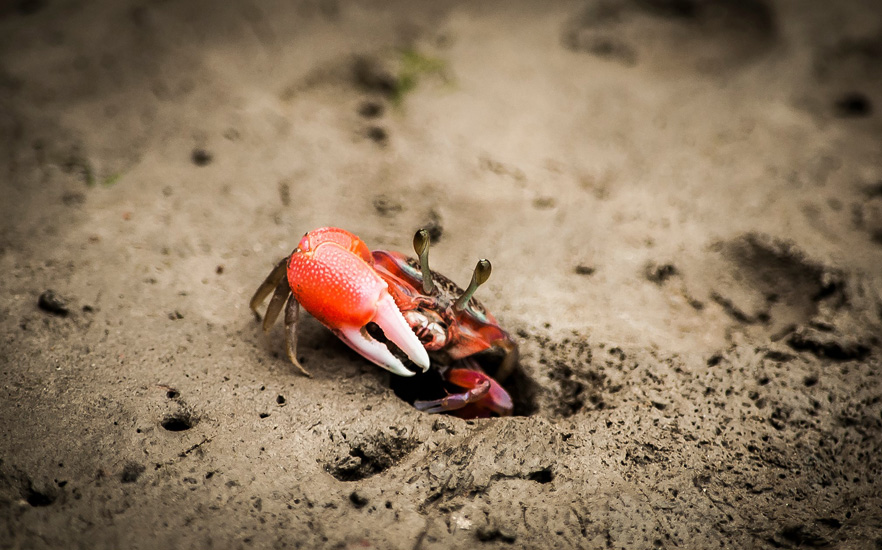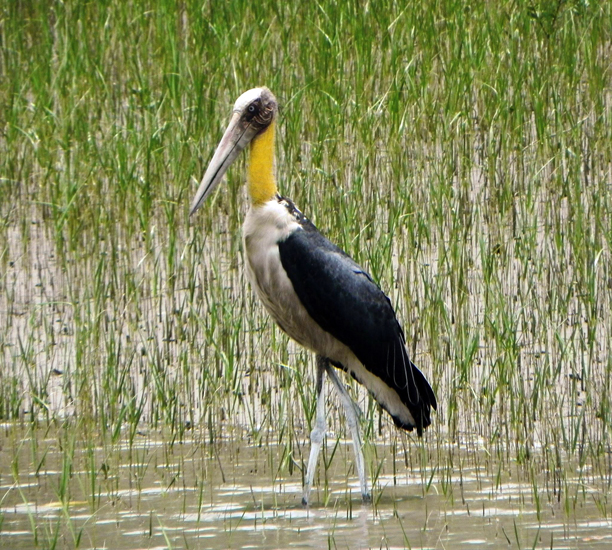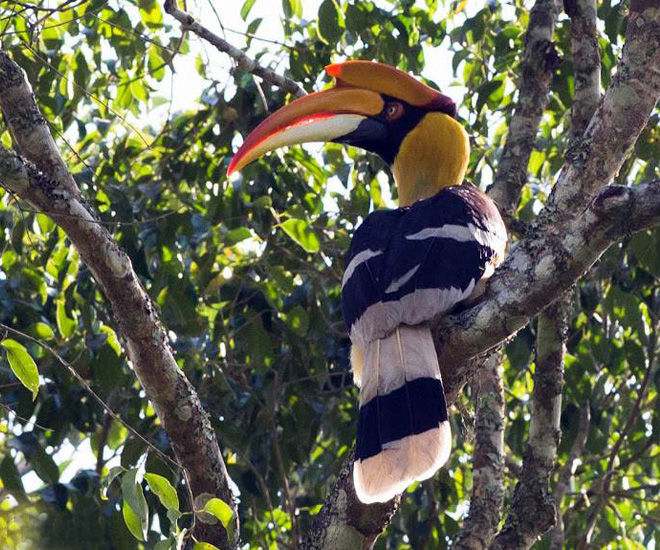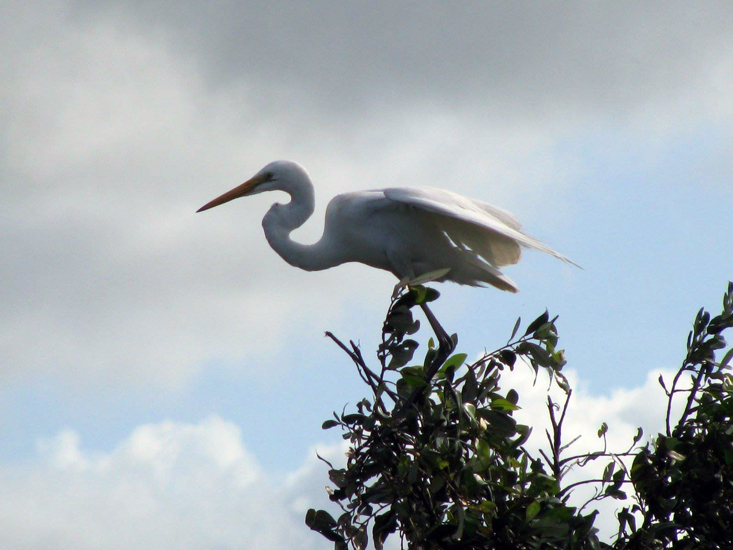Sunderban
Posted July 09, 2022
Travel & Living
By Supti
In the mangroves of Sunderban, the eclectic fauna and flora thriving in the estuarine river system constitutes a very different perspective for wildlife experience specially photography.The dynamic nature of the landscape coupled with the dangers involved also makes it a challenge worth taking all because of its unique ecosystem.
Sundarbans are always on the bucket list of nature lovers and specially wildlife photographers. Here are some myths which we intend to bust. While every travel guide would advise you a winter trip to explore the beautiful mangroves, we would be too glad to contradict because cooler months from November to January witness an anomalous rush of tourists, making it difficult for wildlife/ photography enthusiasts as well as bird watchers to execute any plan successfully. It is the humid months of June, July and August that offer greater chances of wildlife spotting and some spectacular clicks in the desolate jungles, islands and mudflats of Sundarban biosphere. Just make sure there isn’t any cyclone brewing up to be a spoilsport and leave the rest to us.
We arrange pick up and drop facilities from within Kolkata as well as Howrah, which ever is convenient to you, and from there we ’ll take you to the Sundarban through entry point at Godkhali. We take all necessary steps to make your adventure safe and hassle free. From arranging. permits, accomodations, food, boat safari with authorised guide and forest guards, cultural tours to taking you to the best locations along the length and breadth of the forest for wildlife spotting and photo opportunities, we make sure you have a truly memorable experience in the land of forest goddess Bonobibi and the majestic Dakshinray.
Table of Contents
-
Starting from
5,000 per person -
From
Kolkata to Kolkata -
Duration
3 days -
Instagram
#Sunderban -
Cover Photo
Anindya Sankar Dey
Follow Eventrivia
1 Sunderban — Up and Close


The tale of tidal waves – and the rise and fall of fortunes…
The vast stretch of the mangrove forests spread over approx. 1330 sq km in India alone, at the mouth of the Bhagirathi Hooghly river is crisscrossed by innumerable creeks and river channels with beautiful names like Ichhamati, Matla, Bidyadhari, Raimanagal, Piyali, Saptamukhi, Gosaba etc. Everchanging with the tidal waves, the narrow waterways are great to peek into the wilderness of the mangroves. Boat cruises are the only mode to explore the remote and difficult terrain of Sundarbans. These modern boats and vessels are specially equipped to provide breakfast and lunch facilities also so that adventure remains uninterrupted.
There are watch towers at Netidhopani, Burirdabri Sudhanyakhali, Sajnekhali, Dobanki etc from where one gets amazing views of the forest teeming with birds, mammals, reptiles, amphibians and crustaceans. The canopy walk at Dobanki is quite an amazing experience to view the mangroves up close. You can also visit the Sajnekhali Bird Sanctuary and the Bhagabatpur Crocodile Project and the tiger widows island.
Life isn’t easy inside the Sundarban, neither for the bipedals nor the bigcats.
2 Tiger Trails


The crowning glory: Royal Bengal Tiger
While the tigers aren’t easy to spot, it’s not on the impossible list also. Then there are hoards of spotted deer, macaque, wild boar, fishing cat, jungle cat, Indian grey Mongoose, fox, leopard, flying fox etc as well as the Gangetic dolphins, salt water crocodiles, marsh crocodiles, gharials, monitor lizards, snakes, Olive Ridley turtles, river terrapin, mangrove horse shoe crab, hawksbill turtle etc which are rare and also endangered species.
3 Birds in Focus

Black Capped Kingfisher, Photo: Pradeep Vyas
Talking about birds —
The avi-fauna population of Sundarban is at a staggering 250 numbers including the migratory ones. You will find Common Flameback, Fulvous-breasted Woodpecker, Peregrine Falcon, White-collared Kingfisher, Northern Pintail White bellied Sea Eagle, White Ibis, Black-necked Stork, Yellow Wagtail, Baya Weaver, Greater adjutant Stork and many more.
Boat cruises along the narrow creeks and murky waters fenced by tangled aerial roots of Sundari trees generate quite an adrenalin rush as the noises fade away and stillness prevail, you get the eerie feeling of being watched.
Target Species
Red Junglefowl, Large-tailed Nightjar, Green-billed Malkoha, Slaty-breasted Rail, Grey-headed Lapwing, Pacific Golden Plover, Lesser Sand Plover, Greater Sand Plover, Eurasian Whimbrel, Eurasian Curlew, Lesser Adjutant, Western Osprey, Changeable Hawk-Eagle, White-bellied Sea Eagle, Buffy Fish Owl, Brown-winged Kingfisher, Black-capped Kingfisher, Collared Kingfisher, Fulvous-breasted Woodpecker ⚝, Peregrine Falcon, Mangrove Pitta, Mangrove Whistler, Dusky Warbler, White-browed Scimitar Babbler, Orange-headed Thrush, Taiga Flycatcher, Scarlet-backed Flowerpecker
⚝ Near Endemic
4 Itinerary

Bhramonik curates well planned Nature and Photography Trip to the amazing mangroves of Sundarban throughout the year. But if you ask us, we would suggest the months of July-September when significantly lesser crowds frequent this beautiful biosphere reserve.
A ‘3 Days’ schedule would be great to explore the forests for potential wildlife spotting, birding and photography though it can be readily customised if you have more days to spare.
Day 1: Kolkata to Sunderban National Park
Pick up from Kolkata in the morning and move to Godkhali which is approx 120km journey by road. Godkhali is your entry point to Sundarban from where houseboat safari starts towards Pakhiralay island (where you will be checking-in in the afternoon). On the way you might spot kingfishers (there are six different types of them to watch out for) Gangetic dolphins, gharials and a host of avifauna. Post lunch, we would take you to Sunset point/ Birding point at Jutirampur Bird Sanctuary.
Days 2: Sunderban National Park
Start your day early watching sunrise from a jetty on the bank of Dutta river. Then get ready for the adventure. We'll be exploring the giant mesh of rivers, tidal creeks, streams and channels across the estuarine forests, scanning for the rich fauna and avi-fauna of Sundarban in a boat cruise throughout the day from 8am to 6.30 pm. We will visit the watch towers at Sajnekhali and Sudhanyakhali to look out for lots of birds, monitor lizards, gharials, wild boars,spotted deers and estuarine crocodiles and navigate through Pitchkhali, Gazikhali, Nonagazikhali, Chorakhali and also the Panchmukhani bay area etc for more thrilling wild life spotting up close. We will also visit the Dobanki watch tower and canopy walk before returning back to Pakhiralay in the evening.
Day 3: Sunderban to Kolkata
Visit some villages of Sundarban, to meet the weavers, moulays, boat makers and the tiger widows to understand their tradition and culture and to learn the stories of resilience against the fiercest forces of nature. After lunch head back to Kolkata via Godkhali.
5 Fish Fiesta

Hilsa caught by fishermen, Photo: Isha Das
Monsoon and the Silver Crop: Relishing the ILISH of Sunderban
Monsoon heralds fresh catch of the sumptous Ilish and also the beginning of Ilish festival in Sunderban. From melt-in-the-mouth Bhapa Ilish to the delicate Ilish Biryani, there’s so many of the silver crop in different avatars. Then you can also try the huge crabs, prawns and lobsters, cooked in flavourful sauces. You may buy them at the local vendor in your city too, but freshness wise, it won’t be the same.

Amudi fish
Look out for fishes of Sunderban beyond Ilish
Exploring any place is incomplete without tasting the local cuisine. So if you want to taste local delicacies, there will be quite a lot of surprises on the platter. Heard about Amudi fish? Or the Dantni fish? There is more to explore like the Sona Tangra, Nona Tangra, Rupchanda, Kan or Kain and Molopia too. Generally cooked in a simple “jhol” with nigella seeds, green chillies and some onion slices, these are so different yet so flavourful. Some of the fishes are fried with spices and savoured as a starter. Generally, boat safaris have a local cook on board who prepares live on the boat itself with fresh catches during the course of the journey. Then there is ‘kankra mola’ which is actually crab bharta, crab meat mashed together with roasted tomatoes and garlic, dollop of raw mustard oil, raw onion slices and lots of green chillies. These are never to be found elsewhere in your city. So, ask for it while in Sundarban.
6 Moulay of Sunderban

Sunderban: Enigma of the unforgiving beauty
The Moulay or Moulis are traditional honey collectors of Sunderban who risk their lives every time they venture into the ravishingly beautiful mangroves for their dangerous job. Seeking blessings and protection from the forest goddess Bonobibi, they step into the prime tiger territories every year between April to first week of June, to collect purest mangrove honey, fully aware that one moment of carelessness may cost their lives..A single 10-12 days haul yeilds about 800 kgs honey, sometimes even less. Leaving a portion for the queen bee and the larvae to survive, the remaining bee hive is cut off carefully and stored in stainless steel containers, to be sold off to the forest dept in the form of wax and honey.
Tiger attacks on Moulays are frequent and most often, fatal and the face masks worn at the back of their heads are not always infallible. Unfortunately, human-tiger conflict is detrimental to both human and tiger population. So, promoting apiculture in safer domains of the mangroves is one option the forest dept is counting upon, which is still debated. Sustainable and responsible tourism might be taken into account as well. Till then, the fragile ecosystem of Sunderban biosphere with its numerous creeks, channels, mudflats, islands and gigantic mesh of the aerial roots of sundari, goran, khalsi remain entangled with the lives of the Moulays, as ever.
